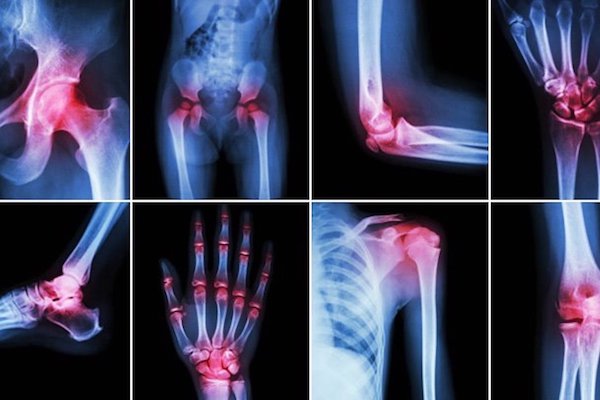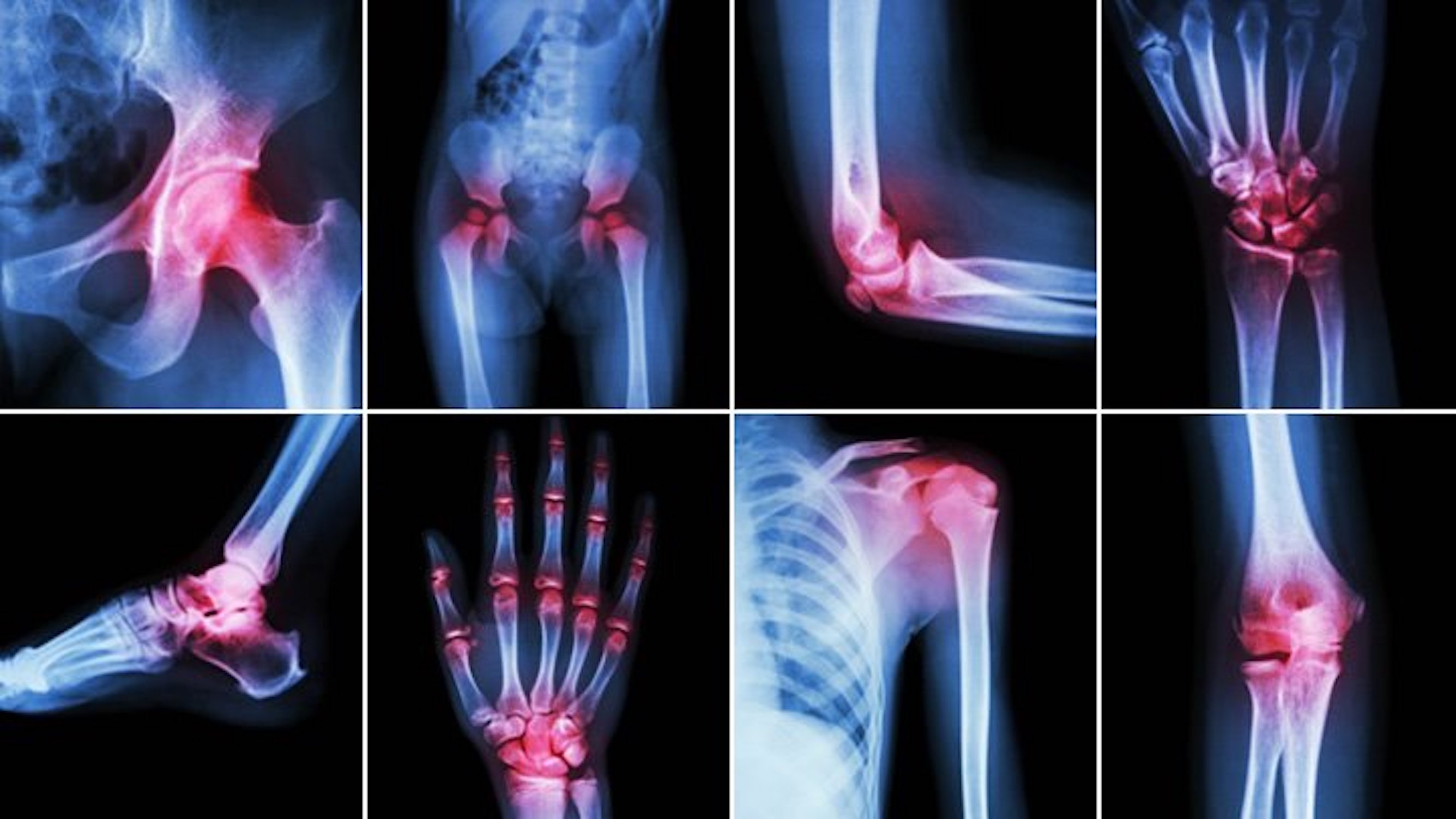Researchers explored the need for data-driven cutoffs for active inflammatory and structural lesions on magnetic resonance imaging (MRI) consistent with axial disease in juvenile spondyloarthritis (JSpA). The results of this study were reported in Arthritis Care & Research.
The investigators reviewed MRI scans from 243 patients with JSpA (61% male, median age, approximately 15 years). They assessed for the presence/absence of axial spondyloarthritis lesions and subsequently performed sacroiliac joint (SIJ) or joint-based scoring. The cutoffs they determined were validated in an independent group.
Following analysis, the researchers established optimal cutoffs for defining axial disease lesions in JSpA for inflammatory lesion(s), including bone marrow edema present in 3 or more SIJ quadrants across all SIJ MRI slices, with a sensitivity of 98.6% and specificity of 96.5%. For structural lesion(s), optimal cutoffs included erosion in 3 or more quadrants, sclerosis or fat lesions in 2 or more SIJ quadrants, and backfill or ankylosis in 2 or more joint halves across all SIJ MRI slices, with a sensitivity of 98.6% and a specificity of 95.5%.
The researchers noted the “excellent” sensitivity and specificity of the cutoffs in the validation group.
Reference: Weiss PF, Brandon TG, Lambert RG, et al. Data-driven MRI definitions for active and structural sacroiliac joint lesions in juvenile spondyloarthritis typical of axial disease; a cross-sectional international study. Arthritis Care Res (Hoboken). 2022. doi:10.1002/acr.25014









